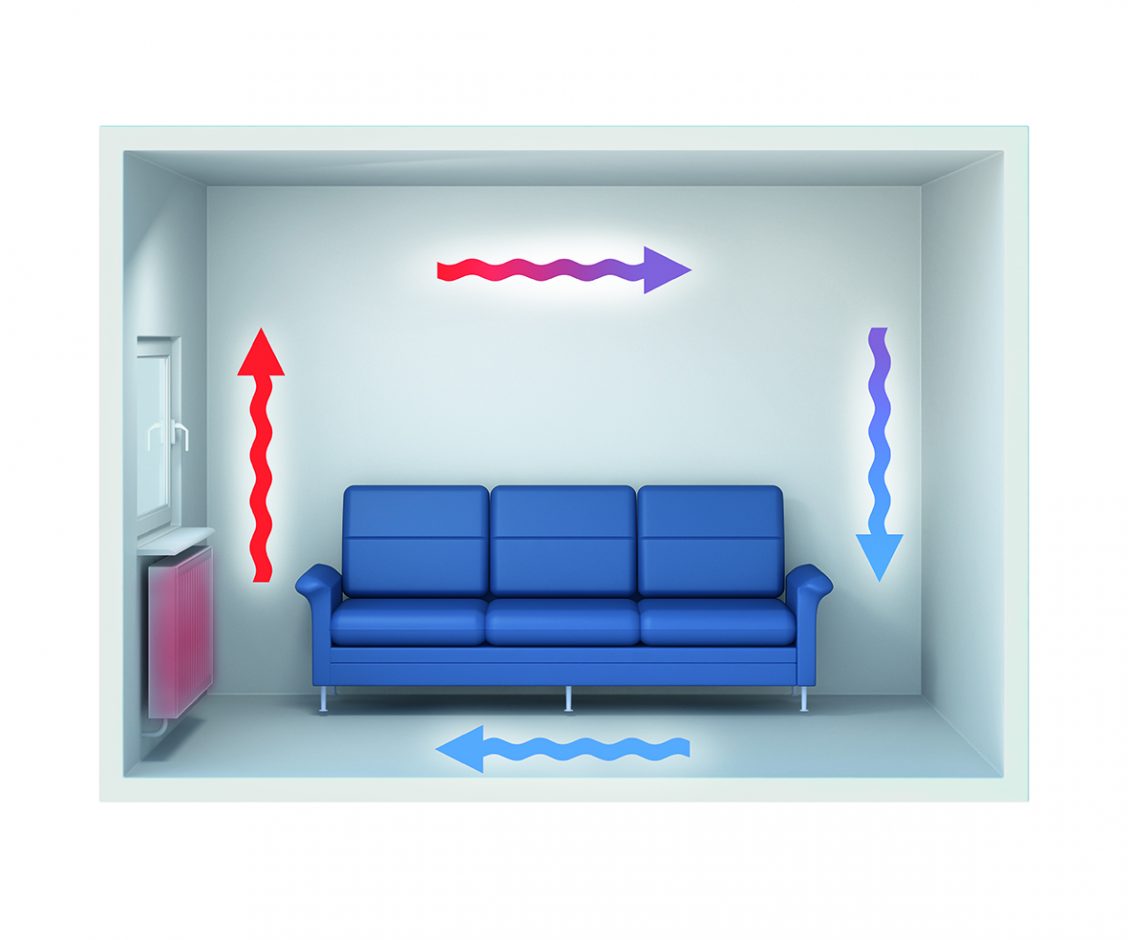Plastics specialist Ensinger explains the influential variables in the thermal separation of metal windows, doors and façades
From the outside, efficient thermal insulation of aluminium windows is barely visible. Nevertheless, it is a key factor when it comes to having a comfortable and energy-saving living environment. In order to reduce the thermal transmission coefficient of the metal frame (Uf value), the external aluminium shell is thermally separated from the internal one. To do this, insulating bars made from engineering plastics (for example insulbar from Ensinger) are incorporated between the metal profiles, and direct heat dissipation via the aluminium is interrupted.
Through this separation, an insulation zone is generated in the interior of the frame assembly. The design engineer has a variety of options available, when creating this zone, for optimising the thermal insulation and bringing about a desired Uf value using construction measures. At the heart of these are the different types of heat transfer.
Types of heat transfer
Heat is energy which, by means of thermal conduction (transmission), heat convection and radiation (emission), always flows towards where the temperature is lower.
Optimising the insulation zone
With non-thermally-separated metal frames, in a cool climate valuable heat is lost from the inside to the outside. Where the environment is hotter, heat penetrates from the outside into the inside of what is often an air-conditioned building. This results in high energy losses. However, the flow of heat can be greatly reduced through correspondingly optimised thermal separation. For efficient insulation tailored to the particular requirements, the combination and fine adjustment of several individual influential variables in the insulation zone is required. Here it is above all the individual types of heat transfer that form the starting point [Fig. 4]:
. In order to minimise heat conduction, thermal insulating bars made from material with low conductivity but high strength are used, for example from glass fibre-reinforced polyamide 66.
. The reduction of wall thicknesses and increase in insulation depths of these insulating profiles are further possibilities for keeping the heat transfer through transmission at a low level.
. A reduction in the size of the hollow chambers within the insulation zone minimises the air circulation. Insulating profiles with hollow chambers or profiles with inwardly directed flags generate such smaller convection cells.
. A very effective method is the use of insulating bars with a flag onto which a thin Low-E film is applied. This aluminium foil ensures a high level of reflection of the radiation and works in a similar way to the Thermos flask principle.
Step by step to the desired Uf value
Figure 5 shows by means of sample cross sections how, using the above-named measures and with the aid of insulbar insulating profiles from Ensinger, the Uf value can be gradually optimised in heat technology terms. By changing the individual parameters, the thermal transmission coefficient is minimised down to the desired target value [Fig. 5].
Summary: A winning combination!
Across the world, non-thermally-separated metal systems are increasingly a thing of the past thanks to ever more stringent government regulations and rising energy costs. In order to thermally separate aluminium frames efficiently, the developer has several possibilities but must combine the individual adjustable elements with one another. This is because optimisation, in heat technology terms, using only one single influential factor has its functional and mechanical limits. For example, particular minimum wall thicknesses are needed to guarantee the required strength of the thermal insulating profile. A particular cost specification can also have a limiting effect on the design of the insulation zone. If, however, the named influential variables are carefully tailored to each other, then in combination the optimum thermal insulation and the desired Uf value can be achieved for the particular visible width. In this way valuable energy savings can be made and simultaneously the living comfort be significantly improved.



















